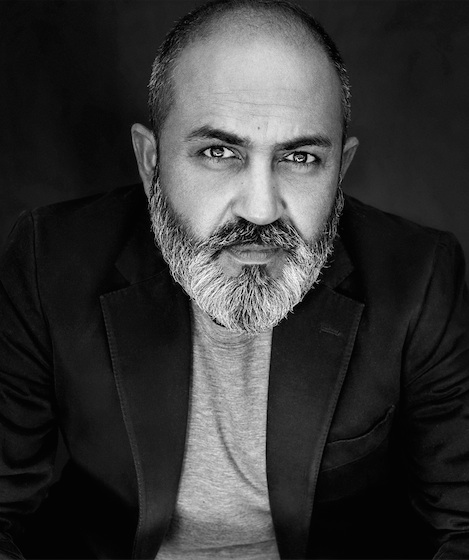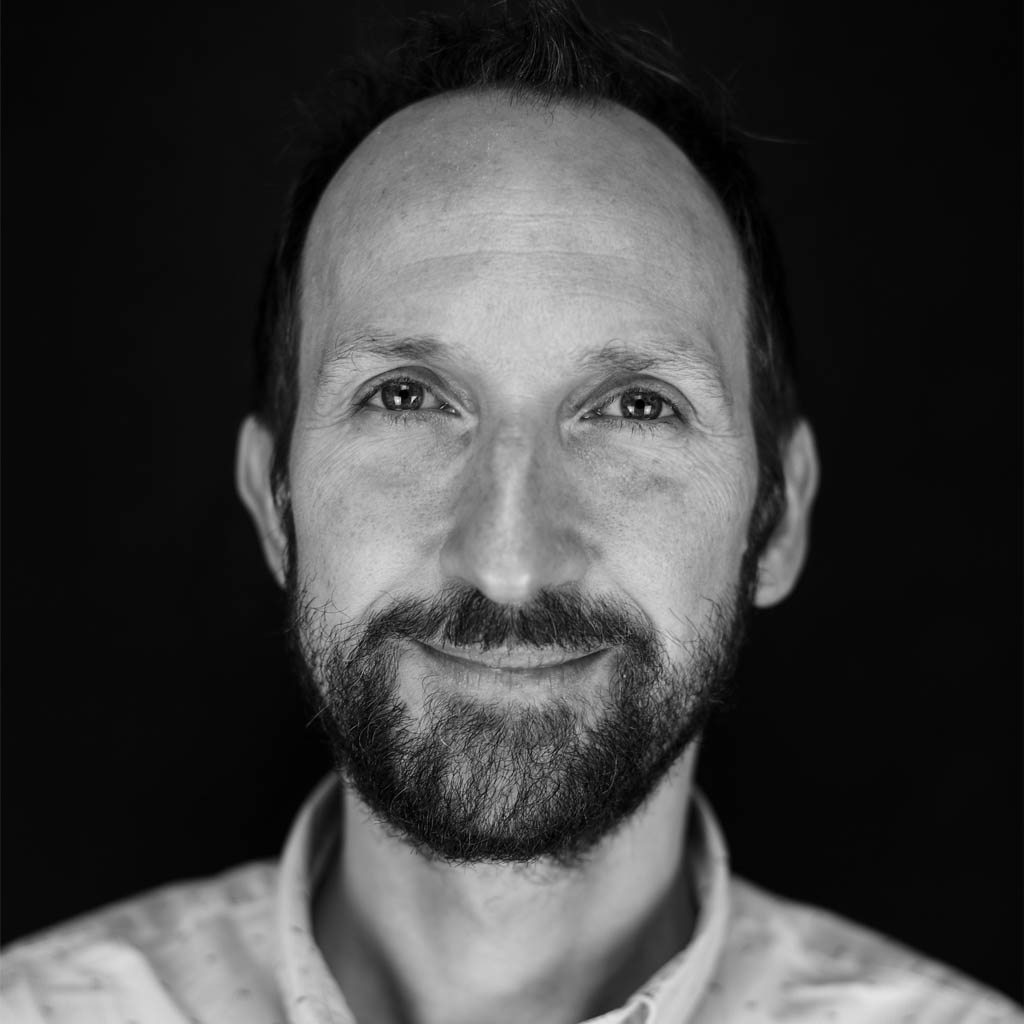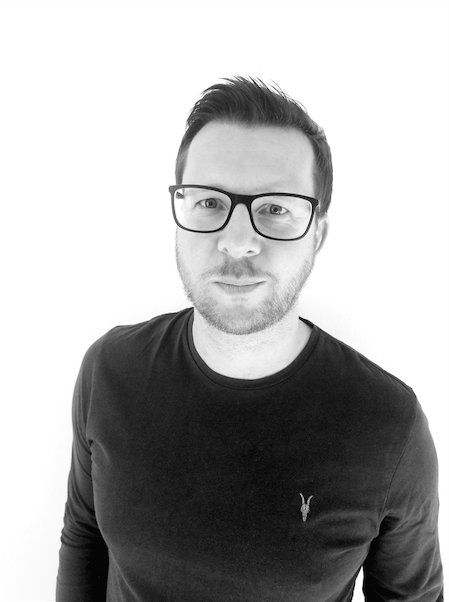Listen to the article
Saudi Arabia is betting big on tourism as it seeks to diversify its economy away from a dependency on oil. The way its destinations are marketed will play a big role in whether it hits its visitor and economic goals or not
In the northwest of Saudi Arabia, within the province of Medina, lies the Old Town of AlUla. Set against a backdrop of imposing sandstone mountains, it was once a thriving settlement on the pilgrimage route to Makkah. For years it lay abandoned and in disrepair. Now the Royal Commission for AlUla is slowly but surely bringing the Old Town back to life.
The commission’s program of restoration is part of a wider mission to transform the region into a premier destination for nature, culture, art, and heritage. Its overall goal? To contribute $32 billion to the country’s GDP by 2035 and create 38,000 new jobs. All of which is part of Saudi Arabia’s strategy to attract 150 million visitors by 2030.
After years of isolation, the kingdom has opened itself up to the world. In doing so, it has become the second fastest growing tourism destination on the planet, says the World Tourism Organisation.
Billions of dollars are being poured into the country’s tourism industry, with the aim of increasing the sector’s economic contribution to 10 per cent of GDP by 2030. It’s a strategy that appears to be working. A total of 7.8 million people visited the country in the first quarter of this year, according to the Ministry of Tourism. That figure represented Saudi Arabia’s best quarterly performance since the introduction of e-visas in 2019.
“There is momentum on all fronts… I think if you’re not active in Saudi then you’re clearly going to miss out on what I believe are generational opportunities.”
--Gaurav Sinha, Insignia Worldwide
“There is momentum on all fronts,” says Gaurav Sinha, chief executive of Insignia Worldwide, the destination design, development and experience company. “Whether it’s grassroots initiatives within the creative sector or large investments in infrastructure and projects. It’s evident that positive change is manifesting across different sectors and regions within the kingdom and I think if you’re not active in Saudi then you’re clearly going to miss out on what I believe are generational opportunities.”
Saudi Arabia is building an entire tourism ecosystem from scratch. Billions of dollars are being pumped into sustainable tourism developments, the conservation of natural habitats, and the renovation and protection of cultural assets. The latter are being overseen by the likes of the Royal Commission for AlUla, which is renovating 890 houses and five mosques in the Old Town of AlUla. The commission is also responsible for the Nabatean city of Hegra, which lies on a desert plain just north of Wadi Al-Qura, and the ancient kingdoms of Dadan and Lihyan.
A big part of the country’s tourism strategy, however, is being driven by two developers in particular – NEOM and Red Sea Global (RSG). Both are fully owned by Saudi Arabia’s Public Investment Fund. NEOM, which covers 26,500 square kilometres in the kingdom’s northwest, includes Sindalah, a luxury island in the Red Sea, and Trojena, a year-round global mountain destination. In October, it unveiled Leyja, a sustainable tourism development that will run from the Gulf of Aqaba to a ‘magnificent natural valley carved between 400 metre-high mountains’. In November, it launched Epicon, an ‘otherworldly escape’ also located on the Gulf of Aqaba.
RSG, meanwhile, is developing The Red Sea, one of the most ambitious and environmentally responsible tourism developments in the world, and Amaala, a luxury tourism destination being built over three sites located within the Prince Mohammed bin Salman Natural Reserve. Both The Red Sea and Amaala will be powered by 100 per cent renewable energy and are committed to carbon neutrality. A third offering, Thuwal Private Retreat, was announced in October. RSG also launched its own luxury hotel, Shebara, in November.
“Tourism is driven by destinations, which become brands in their own right. So for agencies, there is a rich depth of work to be done across conceptual design, asset design, branding, PR, marketing, services, technology, operations and events.”
--Christophe Castagnera, Imagination ME
With such frenzied activity, regional and international agencies are falling over themselves to work with the likes of NEOM, which has a war chest of $500 billion. Qiddiya, which is located 45 minutes’ drive southwest of Riyadh, also has deep pockets. Marketed as the kingdom’s capital of entertainment, sports and the arts, when completed it hopes to attract 17 million visitors a year, provide 25,000 jobs, and contribute up to $4.5 billion to the country’s GDP by 2030.
The challenge is to make these destinations pop. To market them in a unique and compelling way. “Places are superlative in nature, not comparative,” says Sinha, whose agency is working on brand development for different regions and sectors within NEOM. “The greatest of destinations stay true to their cultural roots and authenticity plays a key role in building genuinely meaningful narratives. Saudi Arabia is a storied land with fabled places and it is unveiling them with genuine pride and grace. Whether it’s the Nabatean history of AlUla, the beauty of the Al Balad historic district of Jeddah, the heritage of Diriyah in Riyadh, or the captivating new possibilities of NEOM. It’s genuine stories with universal values that make people fall in love with places and this is happening as we speak.”
“Tourism is driven by destinations, which become brands in their own right,” adds Christophe Castagnera, head of strategy for the Middle East at Imagination. “So for agencies, there is a rich depth of work to be done across conceptual design, asset design, branding, PR, marketing, services, technology, operations and events. The marketing of every destination needs to have a clear positioning to communicate a distinctive offer and make it worth the visit. Most importantly, it needs its own story around what makes it unique.”
“Those who position themselves as long-term strategic partners to help navigate the new communications economy will ultimately benefit the most.”
-- Alex Jevons, EssenceMediacom MENA
Such are the opportunities available in the kingdom that Alex Jevons, chief operating officer at EssenceMediacom MENA, believes both brands and agencies “must view this as an inter-connected long-term strategic play rather than a series of stand-alone, transactional one-offs”. If they do this successfully, and establish a distinct and ongoing value exchange, then “those who position themselves as long-term strategic partners to help navigate the new communications economy will ultimately benefit the most”.
Long-term strategic partners will certainly be needed if Saudi Arabia is to overcome its tourism-related challenges. The kingdom remains deeply conservative, which is cause for concern for many international travellers, despite assurances from the Ministry of Tourism that all are welcome. A relative lack of awareness around the depth and variety of destinations in Saudi Arabia also persists, says Castagnera. “This needs to be addressed in order to move people into the consideration phase,” he notes. “The region is also highly competitive, with the UAE and Qatar both offering strong options to compete for the tourist market.”
Raising awareness will require “a combination of mass media to get reach and frequency, combined with authentic placemaking experiences,” adds Castagnera. It will also require itineraries that enable “advocates, media and fans to visit destinations and share their personal stories. Be it via social media, word of mouth or editorial – creating engagement and deeper consideration is essential for their networks”.
“What was previously considered a closed-off society has now opened its doors to the outside world, so there will be a certain mystique to what it offers international tourists,” adds Jevons, whose agency works with both Qiddiya and the Royal Commission for Riyadh City. “Therefore, the quality and breadth of experiences available in Saudi should be central to any successful communications system, as they demonstrate authentic and visual proof points to anyone with pre-conceived perceptions of the kingdom.”
On a purely agency and marketing level, there is also a degree of similarity and blandness to the plethora of branding and communication being produced, with an over reliance on certain phrases, particularly those related to sustainability and luxury.
Remove the name from much of the branding and you’ll be hard pushed to differentiate between destinations. That’s why “there has to be a story behind the concept, which is inspired by the location, heritage or people,” says Castagnera. “This leads to different experience designs every time when pursued properly with the right process. Luxury, sustainability and hospitality are a given in many cases. It’s how you deliver them that must be unique to that destination.”
NEOM and RSG, for example, have prioritised regenerative tourism. As John Pagano, the chief executive of RSG, has previously stated: “Having a low environmental impact, or even none at all is a given for us. But sustainability is not good enough. To ensure that we are doing all we can to become standard-bearers in luxury ecotourism, we aim to be one of the first global destinations to demonstrate a regenerative tourism approach. We choose regeneration, and we do so at a scale never attempted before.”
“Saudi Arabia has the opportunity to leapfrog and learn from others as it evolves into a desirable tourism destination,” says Sinha. “This goes beyond sustainability and genuine positive social impact, as community-embedded destinations and experiences will induce new jobs and there’s an opportunity for the kingdom to define what post-luxury tourism actually means. This is inclusive, sensitive, enriching and authentic experiences for those looking to discover what is both timeless and ahead of its times.”

-Lebanon.jpg)































